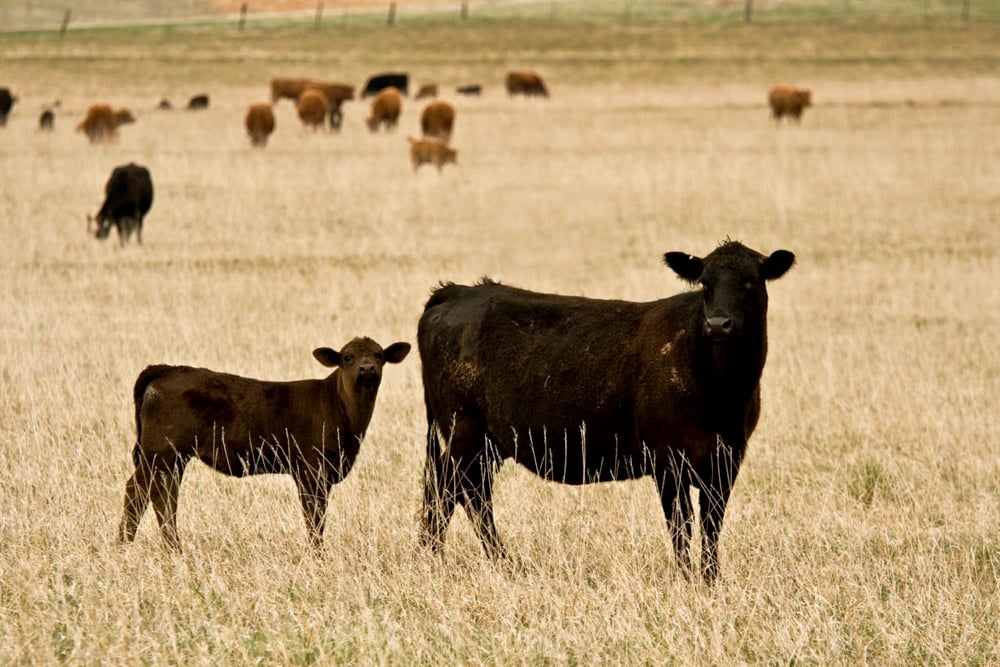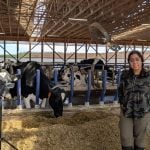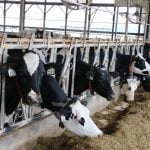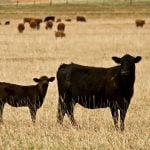Chicago | Reuters – Chicago Mercantile Exchange Group live cattle futures weakened on Friday but remained near all-time highs hit a day earlier as traders squared positions ahead of key government supply reports.
Traders said that the market faced pressure from profit-taking but weakness in the corn market helped limit the decline.
August live cattle futures LCQ3 dropped 0.3 cent to settle at 180.025 cents per pound. The contract found technical support at its 10-day moving average.
The most-active October live cattle contract LCV3 fell 0.85 cent to end at 181.9 cents per pound, bottoming out at a one-week low during the session.
Read Also

Klassen: Feeder market extends rally
Western Canadian yearling prices traded back up to historical highs over the week ended Oct. 18, while calf markets made…
August feeder cattle FCQ3 gained 0.825 cent to 245.925 cents per pound, dropping below its 10-day moving average.
After the close, the U.S. Department of Agriculture (USDA) said farmers were raising the fewest number of beef cows since at least 1971, signaling increased costs for meatpackers that slaughter the animals into steak and hamburgers.
Separately, USDA said producers placed 1.68 million cattle in feedlots in June to fatten them for slaughter, up 3% from 2022. Analysts, on average, had expected placements to decline 1.6% from last year.
In the wholesale market, prices for select cuts of boxed beef gained $2.02 to $276.73 per hundredweight (cwt), while prices for choice cuts BEEF-US-CH were 18 cents higher at $302.74 per hundredweight, USDA said.
October lean hogs LHV3 dropped 0.475 cent to 84.25 cents per pound, falling below the high end of its 20-day Bollinger range.
— Mark Weinraub is a Reuters commodities correspondent in Chicago
















